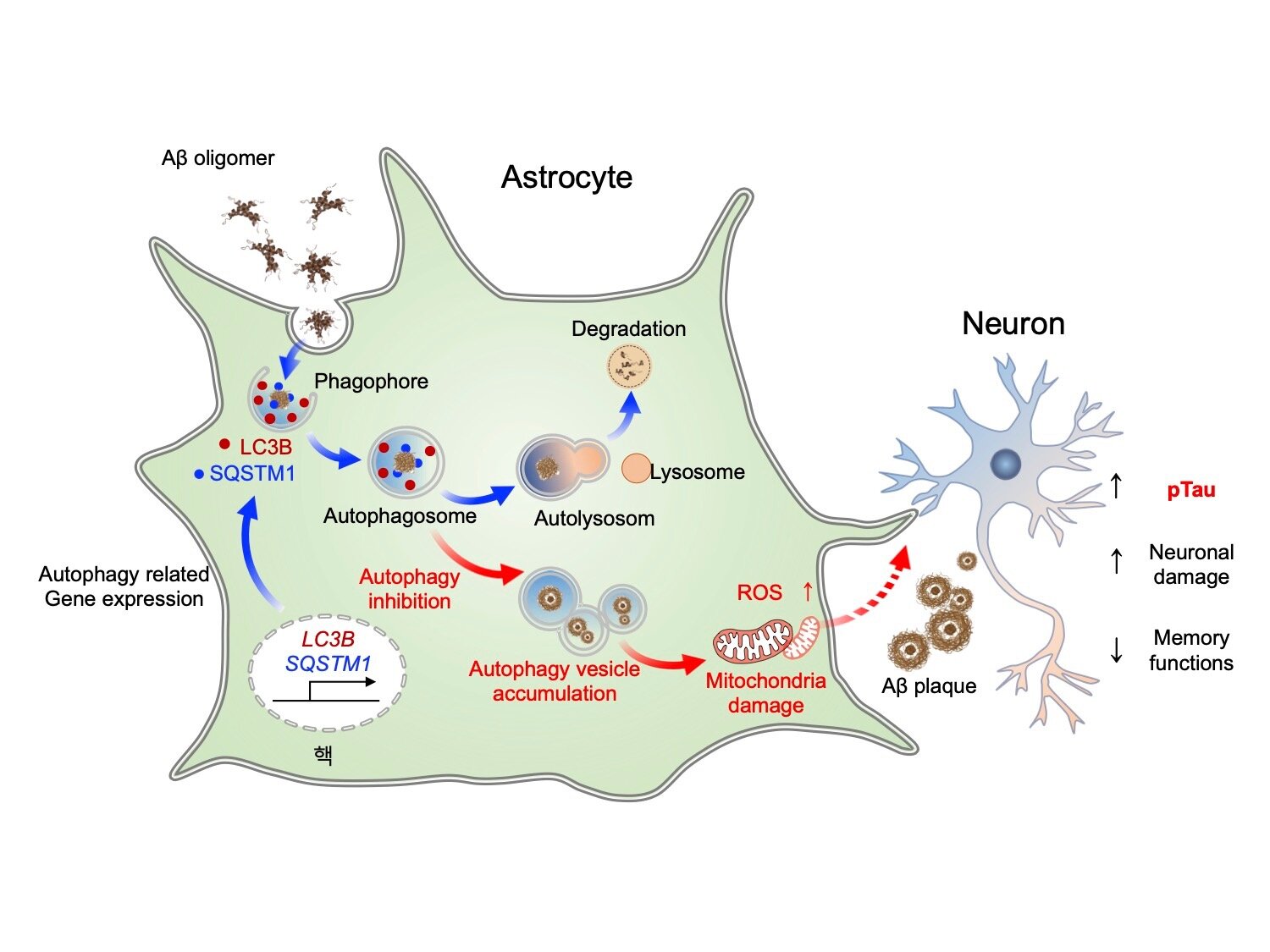An increasing number of Americans are using opioids to treat their migraine headaches, despite the fact that opioids are not the recommended first-line therapy for migraine in most cases. That’s according to the ObserVational Survey of the Epidemiology, tReatment and Care Of MigrainE (OVERCOME) study, a web-based patient survey of people living with migraine. Migraine care specialist Sait Ashina, MD, a neurologist and Director of the Comprehensive Headache Center at the Arnold-Warfield Pain Center at Beth Israel Deaconess Medical Center (BIDMC), presented the survey findings at the 61st annual meeting of the American Headache Society.
“These data show that, despite the known potential risks of using opioids for migraine, far too many continue to do so,” said Ashina, who is an Assistant Professor in the Department of Neurology and Department of Anesthesia, Critical Care and Pain Medicine BIDMC and Harvard Medical School. “Against the backdrop of the U.S. opioid epidemic, it’s concerning that people may be using these drugs in place of conventional therapies proven to be safer and more effective for migraine.”
A prospective, web-based patient survey designed to follow two U.S. population samples of 20,000 people with migraine for two years, the OVERCOME study began enrollment in 2018, with a second population sample slated to begin enrollment in 2020. Analysis of data from the first group showed that 19 percent of people with migraine were currently using opioids specifically to treat migraine — up from the 16 percent reported in 2009 in the American Migraine Prevalence and Prevention Study. Moreover, nearly a quarter of people who reported having four or more migraine headaches per month were currently using opioids to treat their pain, and more than half of these respondents reported taking opioids at least once to treat a migraine headache.
“OVERCOME showed that, overall, opioids are being used in place of medicines that are approved and indicated to treat migraine — particularly among those who experience migraine headaches more frequently,” said Ashina. “Patients and doctors should work together to develop a personalized treatment plan tailored to address patients’ particular health concerns and needs.”
Migraine is a disabling neurological disease afflicting more than 37 million Americans, a burden disproportionately carried by women. In addition to severe headache pain, migraine symptoms vary from person to person — and from migraine episode to episode — but may include nausea and vomiting, extreme sensitivity to light, sound, smells and sensations, fatigue, and changes in mood. Migraine attacks can be brought on by specific triggers such as foods, stressors, hormones, or nothing at all, and can last for hours or days at a time.
Clinical guidelines from the American Headache Society encourage the use of triptans, a class of drugs introduced in the 1990s that stop about 75 percent of headaches within an hour and half, and nonsteroidal anti-inflammatory drugs (NSAIDs) such as aspirin and ibuprofen as first-line treatment for migraine headaches in most cases. The use of opioids as treatment for migraine headaches is typically reserved for patients in whom the use of triptans or NSAIDS is contraindicated.
The OVERCOME study is being conducted by Kantar, a private research firm, on behalf of Eli Lilly and Company, with expert guidance provided by a scientific advisory board. In addition to Ashina, the OVERCOME Scientific Advisory Board includes; study chair Richard B. Lipton, M.D., and Dawn C. Buse, Ph.D., of the Albert Einstein College of Medicine; Michael L. Reed, Ph.D., of Vedanta Research; Robert E. Shapiro, M.D., Ph.D., of Larner College of Medicine at the University of Vermont; and Susan Hutchinson, M.D., of Orange County Migraine and Headache Center.
As a member of the scientific advisory board, Ashina is a paid consultant for this study for Eli Lily and Company.

